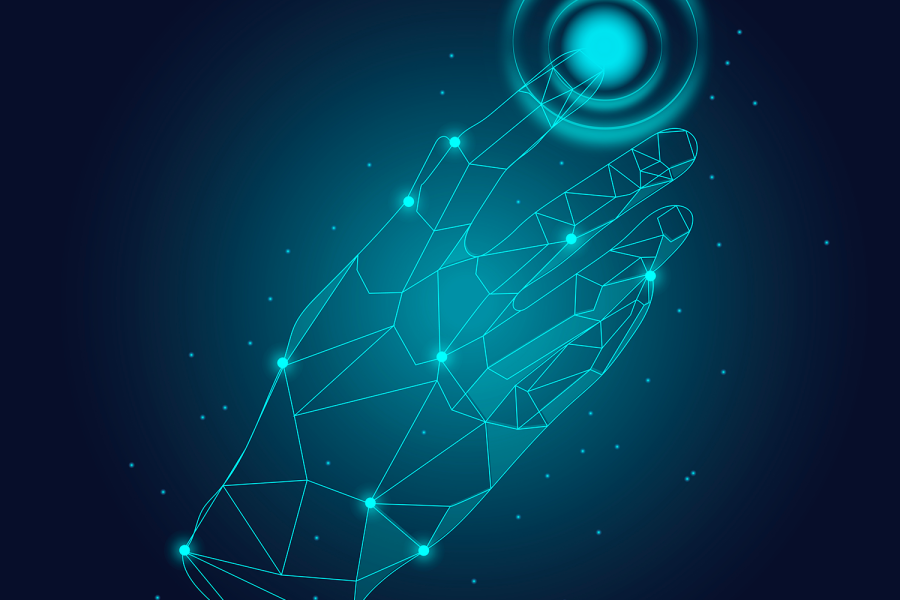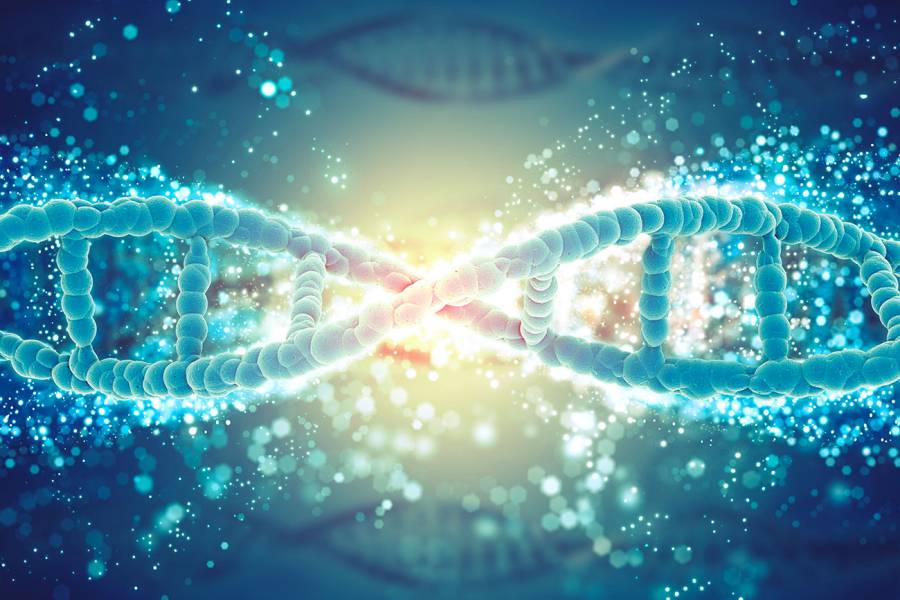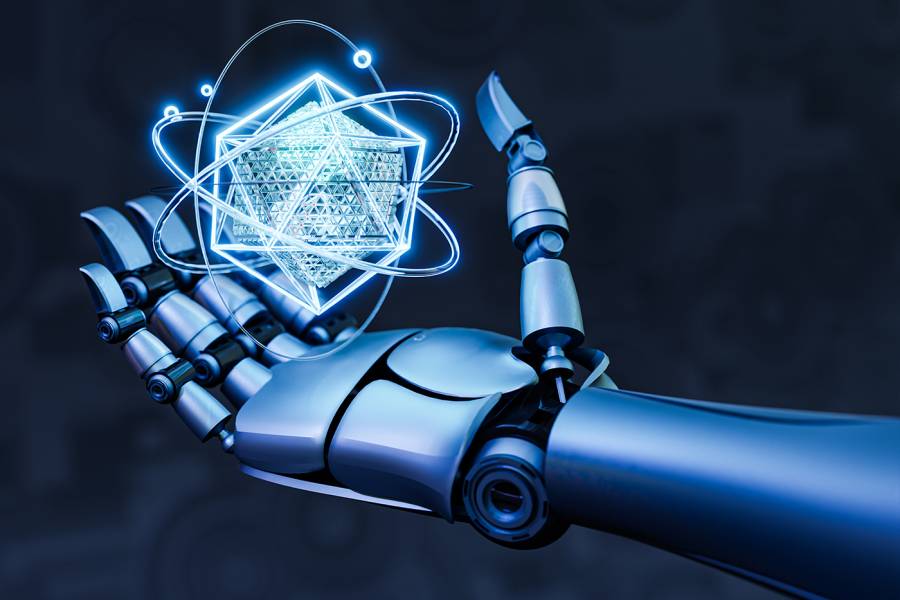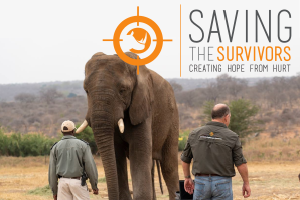The advent of Artificial Intelligence (AI) has brought remarkable advances in multiple fields, including the generation of images and illustrations. One of the cutting edge technologies in this industry is MidJourney, a powerful AI image generator that uses advanced algorithms to create visually stunning works of art.
Generation based on neural networks
Midjourney uses a Generative Neural Network (GAN) to create unique and realistic images. GANs consist of two main components: the generator and the discriminator. The generator is responsible for creating the images, while the discriminator evaluates the authenticity of the generated images. Through an iterative learning process, the generator and discriminator improve each other, until reaching a high level of quality and realism in the generated images.
Supervised and unsupervised learning
Midjourney uses both supervised learning and unsupervised learning to improve the quality of the generated images. In supervised learning, the AI model is trained using a dataset of existing images with matching labels. This allows the generator to learn from the examples provided and create images that respect certain styles, themes or specific characteristics. In unsupervised learning, the generator explores the data set and creates images without predefined constraints, enabling the generation of more innovative and original artworks.
Style transfer
One of Midjourney's distinguishing features is its ability to transfer style from an input image to a newly generated image. This process, known as style transfer, allows you to create artwork that combines visual elements from different sources. By learning the stylistic characteristics of reference images and applying those characteristics to new creations, Midjourney can produce unique works that reflect specific artistic styles.
Transferring styles offers a wide range of creative possibilities. It can be used to create artistic reinterpretations of existing images, apply a famous artist's style to new creations, or even combine different styles to generate unique works of art. Style transfer is based on the idea that the style of an image is represented by its distinctive visual characteristics, such as textures, colors, contours and shapes. By learning the stylistic characteristics of a reference image, the style transfer algorithm can apply those characteristics to a new image, giving it the same style as the reference image.
The style transfer process generally follows these steps:
Feature extraction: The AI algorithm uses a pre-trained convolutional neural network to extract stylistic features from the reference image. These features are often represented by activation maps that describe the textures, colors, and shapes present in the reference image.
Feature Match: The features extracted from the reference image are compared to the features of the target image. The goal is to find a match between the two images in terms of style.
Feature application: Once the feature has been matched, the algorithm applies the stylistic features of the reference image to the target image. This may include applying textures, colors and outlines that reflect the desired style.
Refinement and Blending: The image generated via Style Transfer can undergo further refinement and blending with the target image to achieve a visually coherent and harmonious result. This process may involve adjusting hues, focusing on particular details, or removing unwanted artifacts.
MidJourney leverages this style transfer technique to allow users to customize and shape the generated images according to their artistic tastes and preferences, opening up new creative horizons and enabling visually appealing and unique results.
Iterations and refinements
MidJourney employs an iterative process to continuously improve the quality of the images it generates. Developers are constantly working on optimizing AI algorithms, model training and image processing. Thus, through a combination of human feedback and automatic adaptations, MidJourney continues to refine its generation process to guarantee ever more surprising results.








